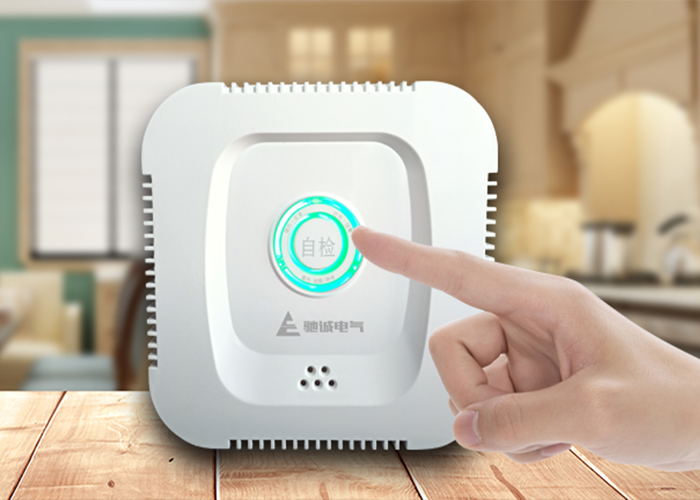Some of the confined spaces that we may come into contact with in our daily lives and work are basements, garages, storage rooms, and so on. These places may hide a deadly danger – carbon monoxide.

Carbon monoxide is a colourless, odourless, non-irritating gas known as the “silent killer”. Carbon monoxide is easily produced in confined spaces due to poor ventilation and incomplete combustion of carbon-containing fuels (e.g. coal, petrol, natural gas, etc.).
Mild carbon monoxide poisoning may be manifested as headache, dizziness, nausea, vomiting, fatigue and other symptoms, and if the degree of poisoning deepens, coma, convulsions, and even life-threatening. Especially in the sleep state, people are often difficult to detect the symptoms of poisoning, making the danger of carbon monoxide poisoning in confined spaces more prominent.
Carbon monoxide gas detector is an important tool to prevent carbon monoxide poisoning. It can detect the concentration of carbon monoxide in the air in real time through the built-in sensor.
When the concentration exceeds the safety threshold, the detector will issue an audible and visual alarm and convert the concentration information into intuitive digital or signal display, reminding people to take timely measures, such as immediate ventilation, evacuation of the scene, etc., so as to effectively protect the safety of life.
How to use gas detector correctly to prevent poisoning?
1. Choose the right gas detector: According to the usage scenario and demand, choose the product with accurate detection capability, reliable performance and good reputation.
2. Correct installation and calibration: Install the detector in a suitable location according to the instruction manual and calibrate it regularly to ensure the accuracy of the detection results.
3. Regular testing and maintenance: Regularly test the function of the detector and replace the batteries and sensors to ensure that it is always in good working condition.
4. Understanding alarm signals: Be familiar with the different alarm methods and meanings of the detector, and react quickly and correctly once the alarm sounds.
Carbon monoxide poisoning in confined spaces is a potential hazard, but we can effectively prevent it through the proper use of gas detectors. Before entering a confined space, be sure to carry and switch on the gas detector to detect the carbon monoxide concentration in real time, adding a safeguard for your own life and the safety of others.